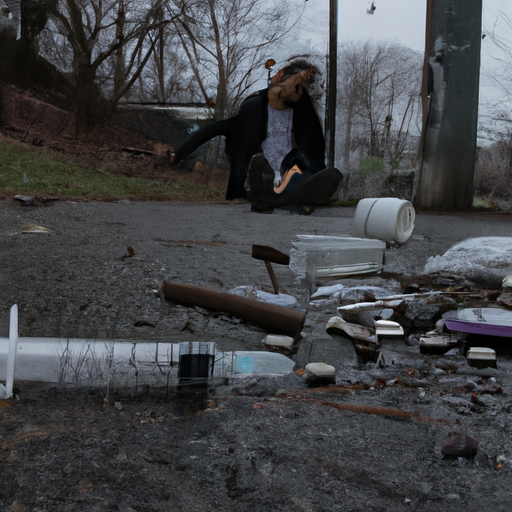The Canadian Opioid Crisis: New Opioid Threat Unveiled
Reflected in the pervasive changes visible across communities in Canada, the opioid crisis has been one of the most significant public health challenges in recent years. A recent news report surfaces another dimension to this crisis, shifting the spotlight to the province of Quebec.
A Powerful New Adversary
A recent CTV News report has unveiled the emergence of a potent new opioid, known to be 25 times more powerful than Fentanyl, now circulating in Quebec. This synthetic opioid, named Isotonitazene, is a white powder that looks suspiciously similar to cocaine or methamphetamine. As a new entrant in the opioid class, it has devastatingly high potency and, alarmingly, has already been linked to several overdose cases.
Crisis Fallout
The opioid crisis, augmented now by the proliferation of Isotonitazene, is reverberating through our society in many ways:
- Increased societal challenges, including homelessness and crime due to addiction-related problems.
- Growing pressure on the healthcare system with rising overdose cases.
- Increasing public health concerns and safety risks for communities and families.
Actions in Progress
In the face of this crisis, several efforts have been taken to curb the dangers of the opioid epidemic. For instance, the deployment of Naloxone kits – a medication used to reverse the effects of an opioid overdose – to over 1,500 organizations in Quebec. However, the road is long and uphill, and while there is a lot being done, a lot still needs to be done.
Opioid Class Action
Another key development in Canada’s addressal of the opioid crisis is the opioid class action lawsuit against pharmaceutical companies. This lawsuit represents a significant step towards holding these companies accountable for their role in marketing and distributing opioids. Though not a cure all, it is hoped that the lawsuit will serve to discourage reckless and profit-driven distribution of opioids in the future.
Consequences and Next Steps
In light of this new, more potent opioid surfacing in our communities, it’s clear that the opioid crisis has grown in complexity and scale. It requires us all – civic and community leaders, healthcare professionals, policymakers, among others – to double down on our efforts. More funding and resources are needed for public education, harm reduction, and treatment strategies. Innovations such as the Naloxone kits deployed in Quebec and legal actions such as the opioid class action lawsuit are just the tip of the iceberg in mitigating the harms of this crisis.
Looking ahead, it’s crucial that we continue to explore and implement multifaceted solutions – prevention and awareness campaigns, robust healthcare services that include mental health support, and punitive measures against irresponsible pharmaceutical companies. In the end, it’s a task that requires our collective effort to make strides against the opioid crisis.
In Conclusion
Just when we thought we were making progress combating the opioid crisis, a new potent opioid, 25 times more powerful than Fentanyl, has appeared and is now circulating in Quebec communities. As community and civic leaders, it’s incumbent on us to look beyond the immediate challenges. Embedding sustainable solutions into our healthcare system and law enforcement protocols is paramount to not only battle this crisis but also to bolster our resilience against future threats of such magnitude.
